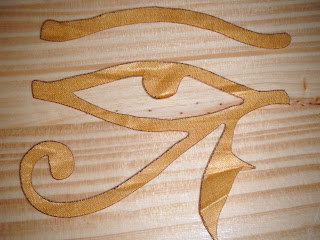
The Tragedy (1903) Pablo Picasso
This was painted throughout Picasso's 'Blue period', he uses a more mellow pallet of cool blues and other numb tones to portray a feeling of 'sadness and dispair'.
Traffic lights
Most people know traffic lights as; Red: Stop, Amber: Get ready, green: Go.
through this these colours have more recently been associated with anger, OK and happy, and people go out to parties called 'Traffic light parties', where Red means taken, Amber means dont mind and Green means single.
Lizard
Animals and their skin colour have been associated with attracting mates, warning off preditors and sometimes their mood.


















